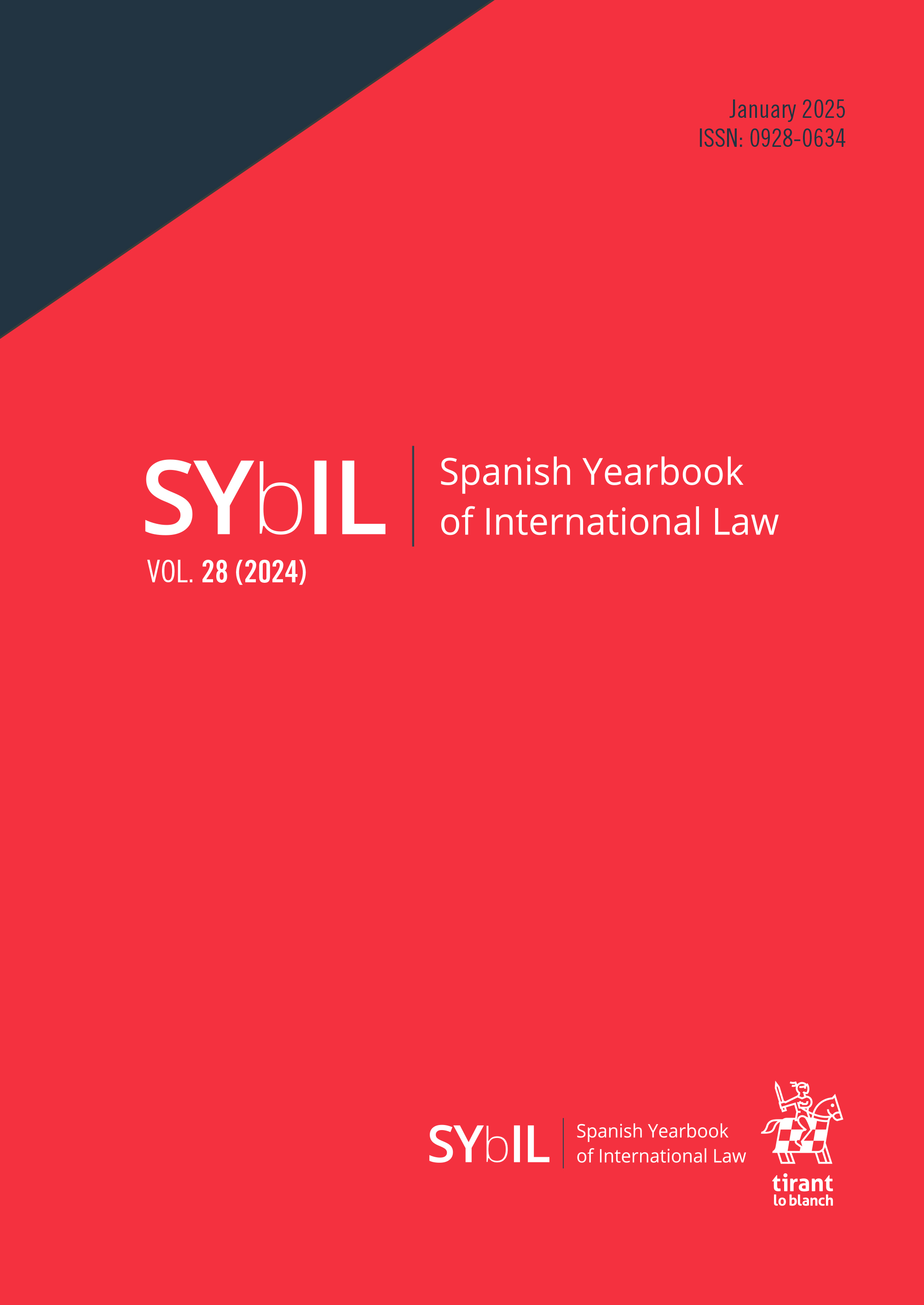International Climate Litigation against Companies: Issues of Applicable Law
DOI:
https://doi.org/10.36151/SYBIL.28.21Palabras clave:
International climate litigation, conflict of laws, Art. 7 Rome II Regulation, place of the event giving rise to the damage, place of the damage, rules of safety and conductResumen
In the context of climate litigation, actions have been filed both against States, for their inaction in combating climate change, and against companies, to compel them to reduce their greenhouse gas emissions. The latter fall within the scope of private law and may raise issues of private international law when the situation involves any element of internationality. In EU Member states, the applicable law in such cases is determined using Art. 7 of the Rome II Regulation, which governs environmental damage and includes damage caused by climate change. The application of Art. 7, which enshrines the rule of ubiquity, raises the issue of locating the place of the event giving rise to the damage and the damage itself. The place of acting of the tortfeasor may be understood as the location where the emissions are generated. As an additional alternative, the event could also be placed where an insufficient corporate policy to mitigate climate change is adopted. The damage in these cases occurs globally, and this, together with the cause-effect rupture between action and harm, raises doubts about whether the law of damage is an appropriate solution. Completing the system, Art. 17 of the Rome II Regulation allows consideration of the rules of safety and conduct of the country where the liable party acted. This provision helps protect the legitimate expectations of operators who have adjusted their emissions to a license, but it may also undermine the victim’s right to choose the applicable law.
Descargas
Publicado
Número
Sección
Licencia
Derechos de autor 2025 Spanish Yearbook of International Law

Esta obra está bajo una licencia internacional Creative Commons Atribución-NoComercial-SinDerivadas 4.0.




